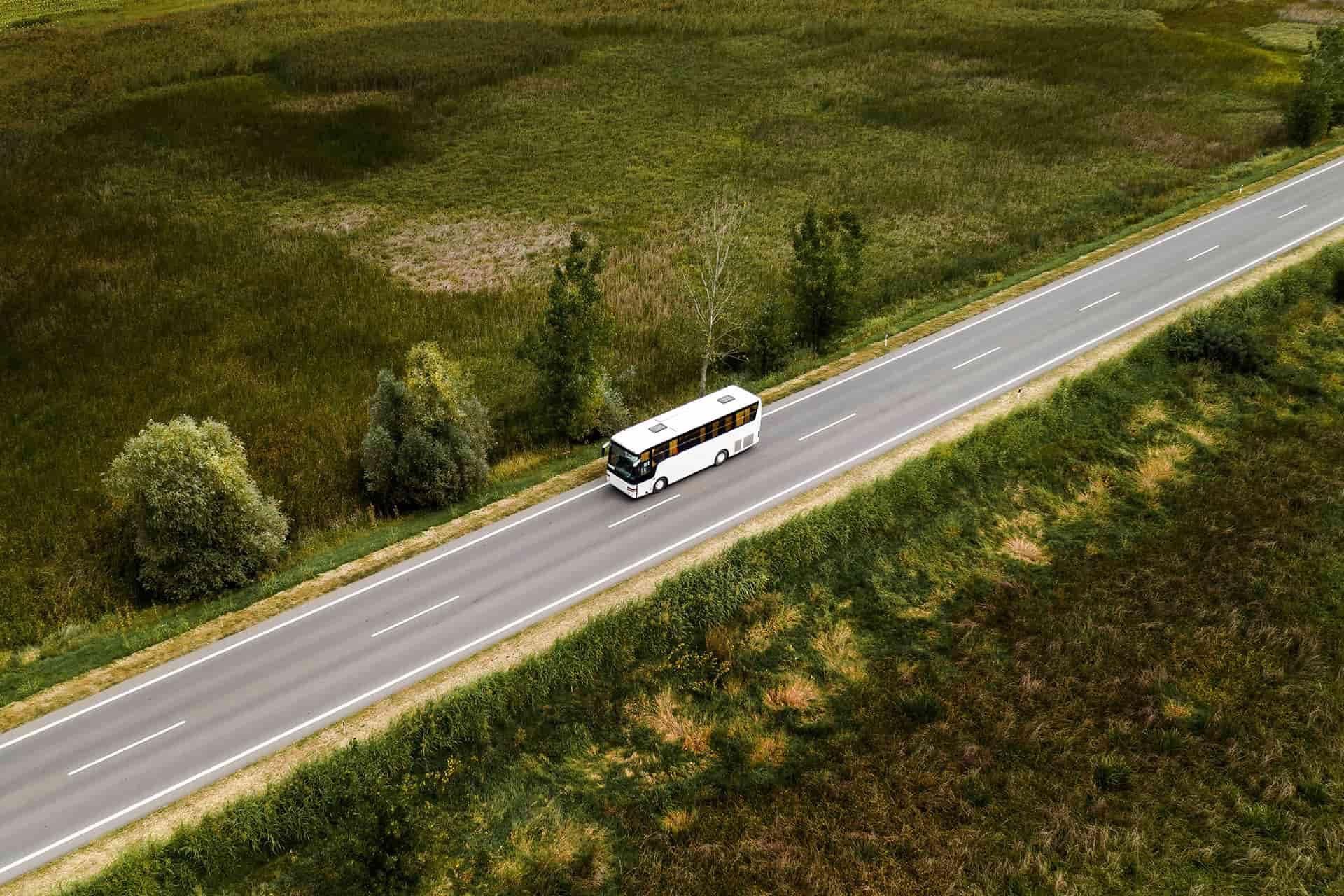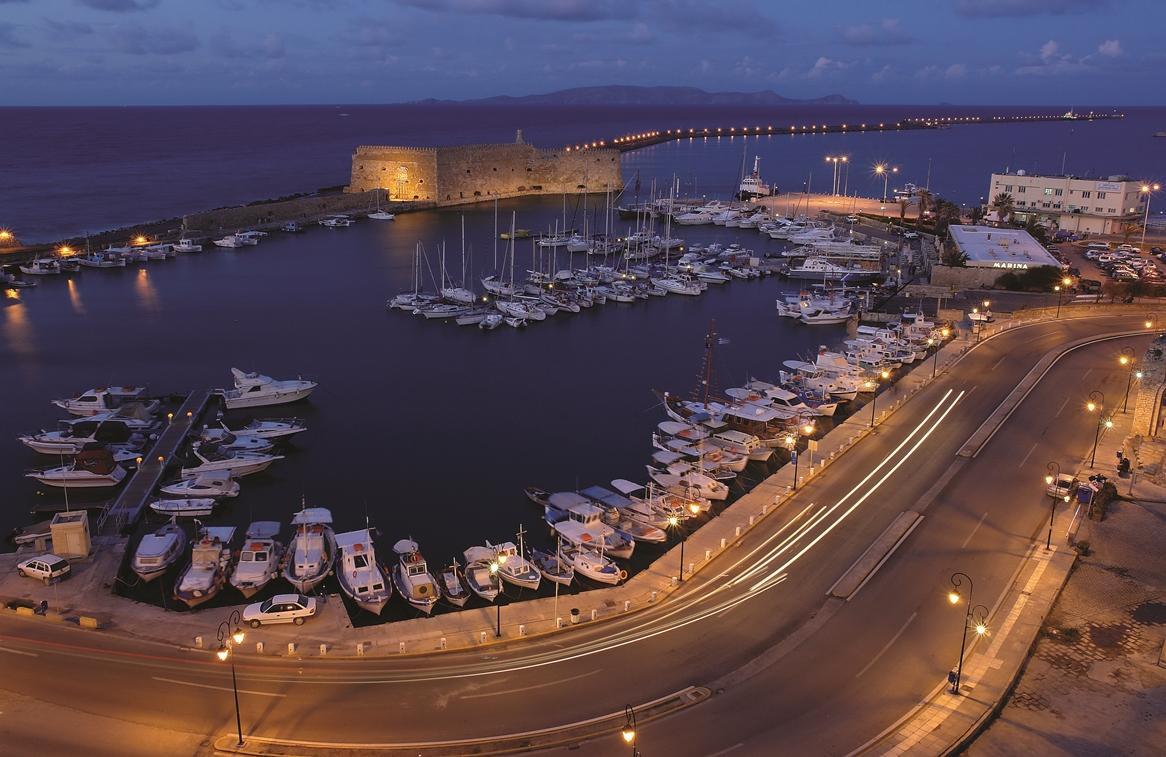

During the Minoan period the centre of the region was Knossos. Heraklion was inhabited from the beginning of the first millennium BC. Quoted by Plinio as being a small city. Throughout the Minoan period it was one of the harbours for Knossos (Heraklia). The Venetians built the settlement and called it Kastro (castle). The Arabs selected Heraklion to be the capital of Crete as it had a well fortified harbour which they used as an operations base for their raids in the Aegean. It was to remain the capital until 1851 and then again from 1971. The Arabs called her fortress Tafrou (trench/moat) in Arabic Hantiak which is were the name for the town Handakas originated and it kept this name until the 19th century.
After the 16th century was the Cretan re birth of Xandakas, Famous painters such as Theofanis,Kris,Mahial Damaskinos and the great Dominique Theotokopoulos left their mark. The Cretan re birth reached its climax with the growth of Cretan literature and the works of pioneer Giorgos Hortatsis and Vitsenzos Kornaros the Erotokritos. Other important men of literature are Markos Antonios Foskolos from Handaka with his theatrical work Fourtounatos.
The fortifications of Handaka along with its bastion and its only means of access by sea made it difficult for the Turks to take possession. Nevertheless the Turks managed to finally seize the town in 1669. The town suffers major damage and the population falls dramatically.
A new period of growth will begin from the 18th century up until the 19th century and many new buildings will be added. In 1865 a big earthquake will destroy most of the town. The next big catastrophe to hit Heraklion was on 25th August 1898, when the English arrived, the Turks attacked causing the death of many English soldiers, this resulted in a change of attitude from the Great Forces who subsequently removed all of the Turkish soldiers from the island.
The city begins to develop dynamically; with the arrival of many refugees from M.Asia in 1922, this played a big role in the development giving the city a new aura.
From 1971 up until today Heraklion has been the capital of the island, seat of important faculties such as the University Of Crete,the Institute of Technological Research and one of the biggest urban centres in the country.
The first thing which draws the attention of the visitor is the walls. The fortifications of Heraklion are unique with wide walls, deep ditches and big bulwarks, additional fortifications outside the ditches are the bases for large firearms.
Beginning the tour of the town at the old Venetian harbour going in a clockwise direction you will first come to Promachona (fortress wall) Sabionara, Promachona Vittouri,Freedom square, Promachona Isou, Promachona Martinengo, Promachona Bethlehem and Promachona Saint Andrea.
Following the coastal road and returning to the harbour you will see the fortress/ jetty out to sea known as Koules. Walking up 25th August Street from the old harbour you will come to the church of St. Tito and a little further up the elegant Venetian Loggia then the Eleftherios Venizelou square with the famous Morozini fountain and opposite one of the most characteristic monuments of Heraklion the Royal Saint Mark.
As you continue you will come to the big Heraklion market on 1866 street which leads up to Kornaros square and the Bembo spring. Also close by you will find an Ottoman pavilion Sembil Hanes.
Other significant springs are Priouliu spring,Delimarkou close to the area Agia Triada and the Idomenea spring close to the history Museum.
In the square of St Katerina you will find the temple of Saint Minas which will impress with its size,in the same square is the temple of Saint Aikaterini which dates back to the 16th century.
Apart from the Venetian monuments it is well worth paying a visit to the archaeological museum, one of the most important museums in the country, Freedom square along with Justice road where you will find the Court mansion/palace, police station and the Town Hall. The Grave of the great writer Nikos Kazantzakis in the city’s fortifying walls (Martinengo).
Although Heraklion is renowned for being a town of anarchy with inelegant buildings it has many beautiful areas where you will be able to see old distinguished houses which still give the town the feeling that you are back at the beginning of the 20th century.

Chania is one of the oldest cities in Greece. Where the current city of Chania now stands once lay the ancient city of Kydonia, which was one of the biggest towns during Minoan Crete. According to legend the town was built by Kydon grandson of Minoa. Accounts of the city were made throughout this period (geometrical progression, Archaic). Remarkable was her resistance against the Romans, but unfortunately the supreme Cointus Caicilus Metallus 69 BC had the powers to occupy the city. Kydonia was to continue flourishing throughout the Roman and Byzantine period and became the seat of the bishop; it was finally destroyed when raided by the Arabs around 824 AD.
The Byzantines undertook the restoration of the city in order for Bonifatio Momferatico to surrender it to the Venetians, after the Latino’s conquered Constantinopolis.The local population was to look upon the Venetians with mistrust, and revolts were to become frequent especially in the mountainous region of Sfakia. Chania was to become a commercial centre in the 16th century. Although the town was well fortified it was still one of the first cities in Crete to come under attack by the Turks. In 1645 the town fell into the hands of the Turks and became the seat of Pasa one of the most important cities on Crete under Turkish rule. In 1851 it officially became the capital of Crete and after the revolution in 1897 the capital of Cretan state. Finally on 1st December 1913 the dream of all Cretans became a reality the exemption of Chania and the rest of Crete from foreign forces, the whole of Crete becomes part of Greece.
The town is again to suffer major damage from the bombings during the Second World War. After the Second World War Chania flourishes once again even though the capital of the island is now Heraklion. Here was founded the technical university of Crete which made it an important economic, academic and research centre.
Today apart from being a popular tourist attraction, it’s a town with intense character and rich socially and intellectually and is quick to captivate her visitors the town of Chania is made up of the old and the new towns which blend together harmoniously.The old town consists of the magnificent Venetian wall from the 15 century and constitutes a characteristic sample of the Venetian architecture. Old Venetian buildings beautifully renovated will take you on a journey back in time. Narrow streets lead through Venetian and Turkish buildings evidence of the towns turbulent past. The harbour with its long jetty and lighthouse is a reminder of when the city was once a busy commercial city. The harbour can no longer cope with today’s demands so Souda Harbour has taken over.
Places worth going to see.
The Venetian harbour, one of the city’s famous landmarks, Santrivani square and especially nice to visit during the summer is the old town with the combination of Venetian and Turkish buildings. The naval museum which stands on the Venetian Firka fortress. The mosque of Yenitsaron which is the oldest mosque in Crete. In the square of St. Ekaterina you can see the excavations which brought to light the Minoan way of life. The Spatzia district, old Turkish neighbourhood, the picturesque Spinlof street and the archaeological museum on Chalidon street. The municipal market which is one of the most impressive covered markets of the Balkans. Finally the new town of Chania you can visit the municipal gardens work of Reouf Pasa and the neighbourhood of Chalepas.